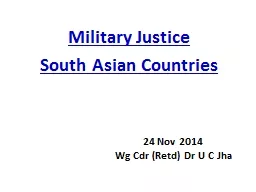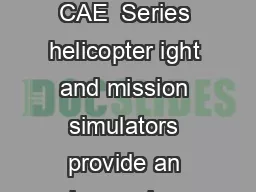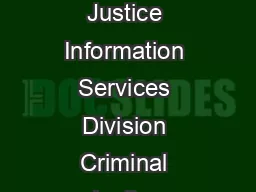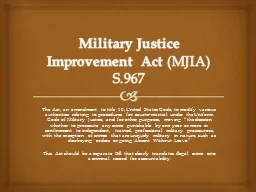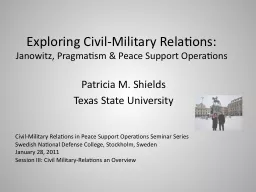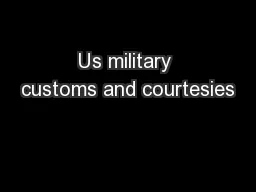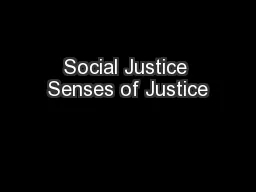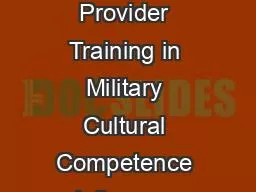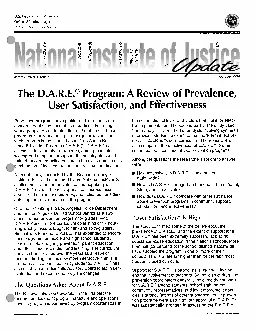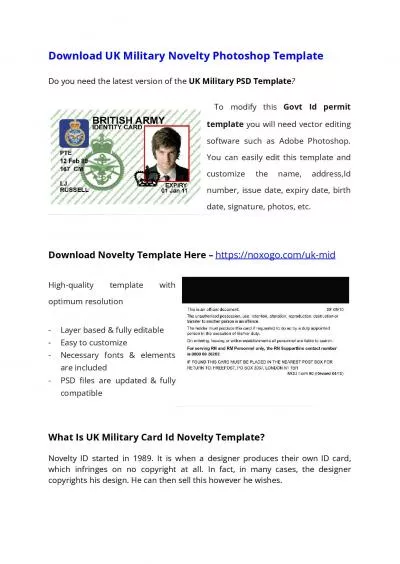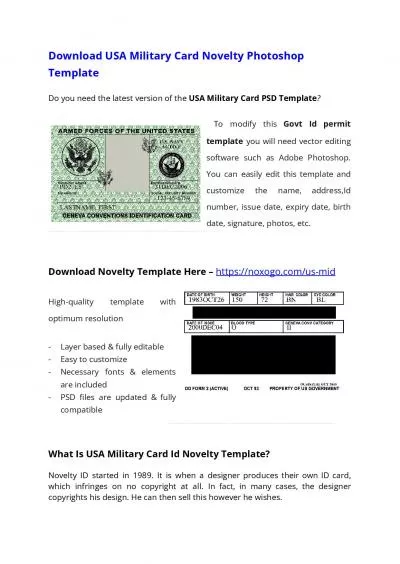PPT-Military Justice
Author : test | Published Date : 2015-11-15
South Asian Countries 24 Nov 2014 Wg Cdr Retd Dr U C Jha Military Justice South Asian Countries India Sri Lanka Pakistan Nepal Bangladesh Bhutan Maldives Military
Presentation Embed Code
Download Presentation
Download Presentation The PPT/PDF document "Military Justice" is the property of its rightful owner. Permission is granted to download and print the materials on this website for personal, non-commercial use only, and to display it on your personal computer provided you do not modify the materials and that you retain all copyright notices contained in the materials. By downloading content from our website, you accept the terms of this agreement.
Military Justice: Transcript
Download Rules Of Document
"Military Justice"The content belongs to its owner. You may download and print it for personal use, without modification, and keep all copyright notices. By downloading, you agree to these terms.
Related Documents

